2-Chlorotoluene
Synonym(s):1-chloro-2-methylbenzene
- CAS NO.:95-49-8
- Empirical Formula: C7H7Cl
- Molecular Weight: 126.58
- MDL number: MFCD00000562
- EINECS: 202-424-3
- SAFETY DATA SHEET (SDS)
- Update Date: 2025-01-27 09:38:02

What is 2-Chlorotoluene?
Description
2-Chlorotoluene can be mineralized completely by Rhodococcus, strain OCT 10 DSM 45596(T). It is used in the preparation of 3-chloro-4-methylcatechol and 4-chloro-3-methylcatechol. The oxidation of 2-chlorotoluene is very well catalyzed by the enzymes: toluene dioxygenase of P. putida F1 and chlorobenzene dioxygenase from Burkholderia, strain PS12.
Chemical properties
o-Chlorotoluene is a flammable, colorless liquid with an aromatic odor.
The Uses of 2-Chlorotoluene
Solvent and intermediate for organic chemicals and dyes.
2-Chlorotoluene is used for permanganate oxidation to give o-chlorobenzoic acid. It is used in the preparation of 3-chloro-4-methylcatechol and 4-chloro-3-methylcatechol.
2-Chlorotoluene can be used as a precursor to synthesize aryl coupling products via palladium-catalyzed Negishi cross-coupling. It can also be used in the Buchwald-Hartwig amination to synthesize arylamines.
The Uses of 2-Chlorotoluene
Solvent; synthesis of dyes, pharmaceuticals, and synthetic rubber compounds
Preparation
The solution of cuprous chloride is cooled in an ice bath 0-5° C temperature. In this cold solution, the 2-methylbenzenediazonium is poured with constant shaking and allowing the mixture to come to room temperature. After about 10 minutes, the mixture gradually warmed with a good shaking.As the temperature rises the brown addition product begins to decompose with the evolution of nitrogen and with the formation of an oily layer of 2-chlorotoluene. When the decomposition reaction is at an end, the mixture is steam distilled, continuing the process only as long as oily droplets are present in the distillate, for the product is not appreciably soluble in water. The layer of 2-chlorotoluene is carefully separated and washed twice with an equal volume of concentrated sulfuric acid, which removes both the 2-cresol and the azo compound. Then 2-chlorotoluene is washed with water in order to remove the inorganic acid. Finally, 2-chlorotoluene is dried over calcium chloride, distilled, using an air condenser and collecting the product boiling at 153-158° C. Pure 2-chlorotoluene boils at 157° C. The yield is 25-30 g.
Experiments in Organic Chemistry, L. F. Fieser, 216, 1941
Highly Selective Oxidative Monochlorination To Synthesize Organic Intermediates: 2-Chlorotoluene, 2-Chloroaniline, 2-Chlorophenol, and 2-Chloro-4-methylphenol
Synthesis Reference(s)
Journal of the American Chemical Society, 101, p. 768, 1979 DOI: 10.1021/ja00497a063
Organic Syntheses, Coll. Vol. 1, p. 170, 1941
General Description
Colorless liquid with an aromatic odor. Denser than water and poorly soluble in water. Hence sinks in water .
Air & Water Reactions
Slightly water soluble.
Reactivity Profile
2-Chlorotoluene may be incompatible with strong oxidizing and reducing agents. Also may be incompatible with amines, nitrides, azo/diazo compounds, alkali metals, and epoxides. Reacts violently with dimethyl sulfoxide .
Hazard
Toxic by inhalation. Eye, skin, and upper respiratory tract irritant.
Health Hazard
Inhalation of vapor may cause respiratory irrtation. Prolonged and repeated vapor exposures may produce systemic toxic effects.
Flammability and Explosibility
Flammable
Safety Profile
Moderately toxic by unspecified routes. Flammable when exposed to heat or flame. When heated to decomposition it emits toxic fumes of Cl-. See also TOLE CHLORIDE and CHLORINATED HYDROCARBONS, AROMATIC.
Potential Exposure
o-Chlorotoluene is widely used as a solvent and intermediate in the synthesis of dyes, synthetic rubber; pharmaceuticals; and other organic chemicals. Used as an insecticide, bactericide.
First aid
If this chemical gets into the eyes, remove anycontact lenses at once and irrigate immediately for at least15 min, occasionally lifting upper and lower lids. Seek medical attention immediately. If this chemical contacts theskin, remove contaminated clothing and wash immediatelywith soap and water. Seek medical attention immediately. Ifthis chemical has been inhaled, remove from exposure,begin rescue breathing (using universal precautions, including resuscitation mask) if breathing has stopped and CPR ifheart action has stopped. Transfer promptly to a medicalfacility. When this chemical has been swallowed, get medical attention. Give large quantities of water and inducevomiting. Do not make an unconscious person vomit
storage
Color Code—Red: Flammability Hazard: Store ina flammable liquid storage area or approved cabinet awayfrom ignition sources and corrosive and reactive materials.Prior to working with o-chlorotoluene you should be trainedon its proper handling and storage. Store in tightly closedcontainers in a cool, well-ventilated area. Metal containersinvolving the transfer of this chemical should be groundedand bonded. Drums must be equipped with self-closingvalves, pressure vacuum bungs, and flame arresters. Useonly nonsparking tools and equipment, especially whenopening and closing containers of this chemical. Sources ofignition, such as smoking and open flames, are prohibitedwhere this chemical is used, handled, or stored in a mannerthat could create a potential fire or explosion hazard.
Shipping
UN2238 Chlorotoluenes, Hazard Class: 3; Labels: 3-Flammable liquid.
Purification Methods
Dry 2-chlorotoluene for several days with CaCl2, then distil it from Na using a glass helices-packed column. [Beilstein 5 IV 805.]
Incompatibilities
Incompatible with acids, alkalis, oxidizers, reducing materials; water
Waste Disposal
In accordance with 40CFR165 recommendations for the disposal of pesticides and pesticide containers. Must be disposed properly by following package label directions or by contacting your local or federal environmental control agency, or by contacting your regional EPA office.
Properties of 2-Chlorotoluene
| Melting point: | -36 °C (lit.) |
| Boiling point: | 157-159 °C (lit.) |
| Density | 1.083 g/mL at 25 °C (lit.) |
| vapor density | 4.38 (vs air) |
| vapor pressure | 10 mm Hg ( 43 °C) |
| refractive index | n |
| Flash point: | 117 °F |
| storage temp. | 0-6°C |
| solubility | H2O: slightly soluble0.047g/L at 20°C |
| form | Liquid |
| color | Clear |
| explosive limit | 1.0-12.6%(V) |
| Water Solubility | slightly soluble |
| Merck | 14,2171 |
| BRN | 1904175 |
| Exposure limits | ACGIH: TWA 50 ppm NIOSH: TWA 50 ppm(250 mg/m3); STEL 75 ppm(375 mg/m3) |
| Dielectric constant | 4.4500000000000002 |
| CAS DataBase Reference | 95-49-8(CAS DataBase Reference) |
| NIST Chemistry Reference | Benzene, 1-chloro-2-methyl-(95-49-8) |
| EPA Substance Registry System | o-Chlorotoluene (95-49-8) |
Safety information for 2-Chlorotoluene
| Signal word | Warning |
| Pictogram(s) |
 Flame Flammables GHS02  Exclamation Mark Irritant GHS07  Health Hazard GHS08  Environment GHS09 |
| GHS Hazard Statements |
H226:Flammable liquids H332:Acute toxicity,inhalation H410:Hazardous to the aquatic environment, long-term hazard |
| Precautionary Statement Codes |
P201:Obtain special instructions before use. P202:Do not handle until all safety precautions have been read and understood. P210:Keep away from heat/sparks/open flames/hot surfaces. — No smoking. P273:Avoid release to the environment. P308+P313:IF exposed or concerned: Get medical advice/attention. |
Computed Descriptors for 2-Chlorotoluene
| InChIKey | IBSQPLPBRSHTTG-UHFFFAOYSA-N |
2-Chlorotoluene manufacturer
CEFA CILINAS BIOTICS PVT LTD
New Products
Tetrabutylammonium iodide (3,3-DIFLUOROCYCLOBUTYL)METHANOL 4,4-DIFLUOROCYCLOHEXANAMINE Cyclobutylamine (S)-3-Fluoro-pyrrolidine hydrochloride 3-Oxocyclobutanecarboxylic acid N-Hydroxy-2-methylpropanimidamide L-tert-Leucine,97% 2-Bromophenylacetonitrile, 97% Aluminum oxide, basic Calcium hydroxide, 95% Diallylamine, 99% 2-Iodobenzoic Acid 3-Methoxybenzonitrile Pentachlorobenzonitrile Chloral Dibenzoyl Peroxide Titanium Dioxide O-Benzylhydroxylamine Hydrochloride 2-Nitrobenzaldehyde 2-Picolylamine (2-Aminomethylpyridine) 2-Venylpyridine Ethyl-2-Chloroacetoacetate 4-Dimethylamine PyridineRelated products of tetrahydrofuran
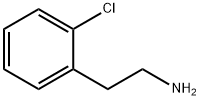
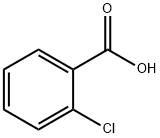





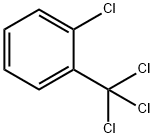
You may like
-
 95-49-8 1-Chloro-2-Methyl Benzene 99%View Details
95-49-8 1-Chloro-2-Methyl Benzene 99%View Details
95-49-8 -
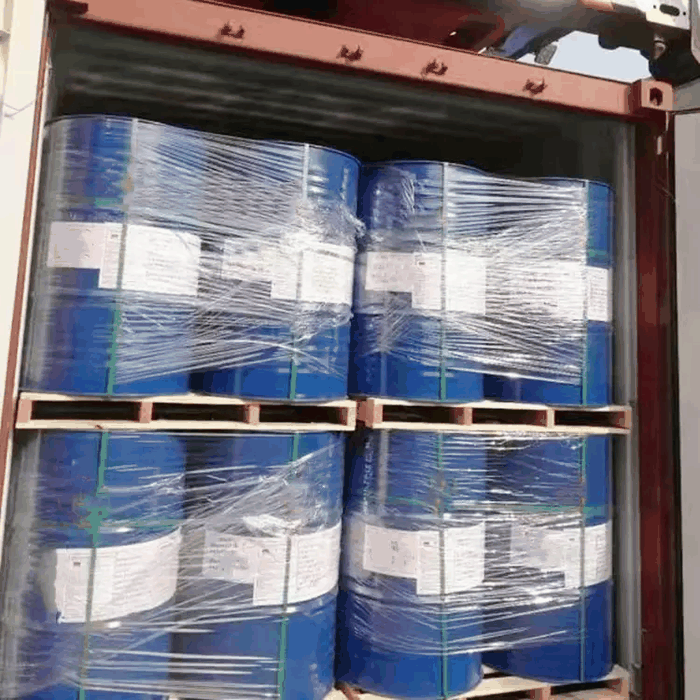 95-49-8 99%View Details
95-49-8 99%View Details
95-49-8 -
 2-Chlorotoluene CAS 95-49-8View Details
2-Chlorotoluene CAS 95-49-8View Details
95-49-8 -
 2-Chlorotoluene CAS 95-49-8View Details
2-Chlorotoluene CAS 95-49-8View Details
95-49-8 -
 2-Chlorotoluene CAS 95-49-8View Details
2-Chlorotoluene CAS 95-49-8View Details
95-49-8 -
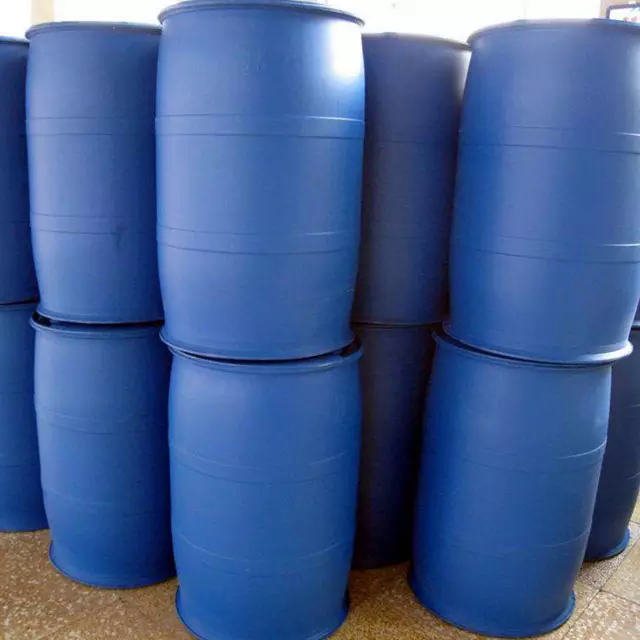 95-49-8 2-Chlorotoluene 98%View Details
95-49-8 2-Chlorotoluene 98%View Details
95-49-8 -
 2-CHLOROTOLUENE For Synthesis CAS 95-49-8View Details
2-CHLOROTOLUENE For Synthesis CAS 95-49-8View Details
95-49-8 -
 2-Chlorotoluene CAS 95-49-8View Details
2-Chlorotoluene CAS 95-49-8View Details
95-49-8